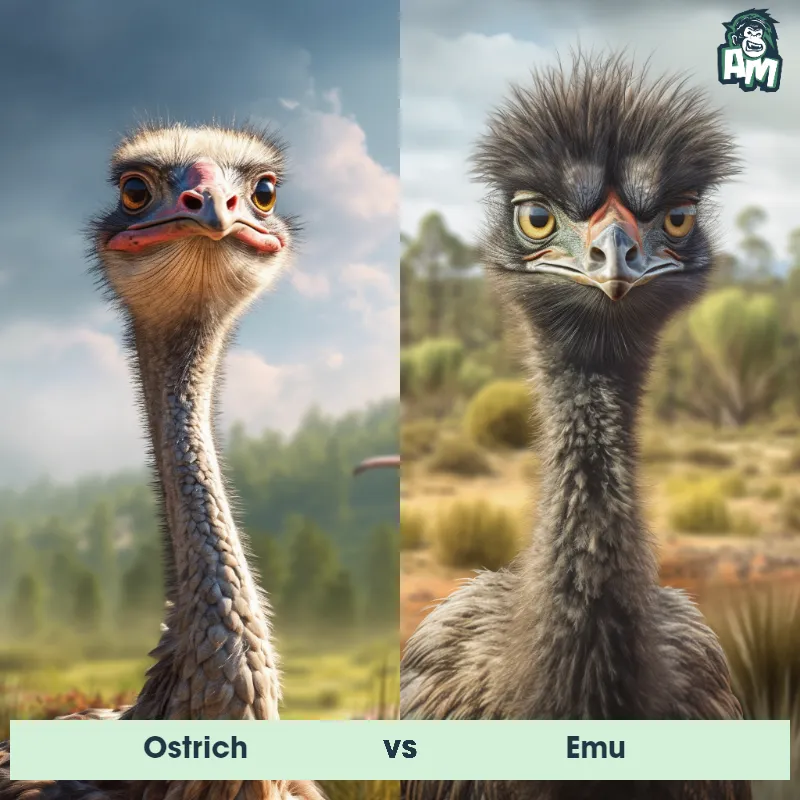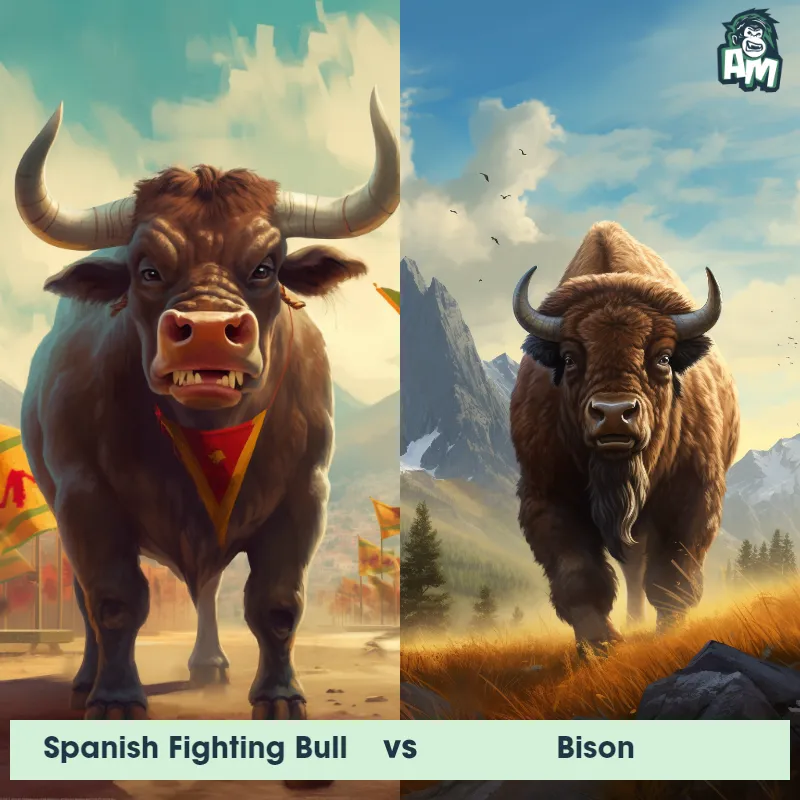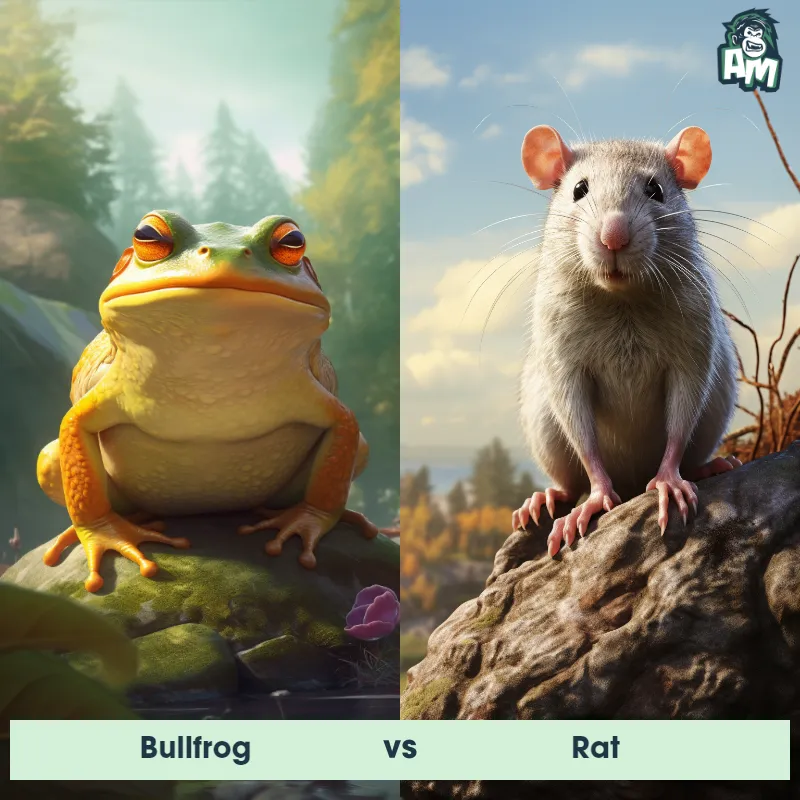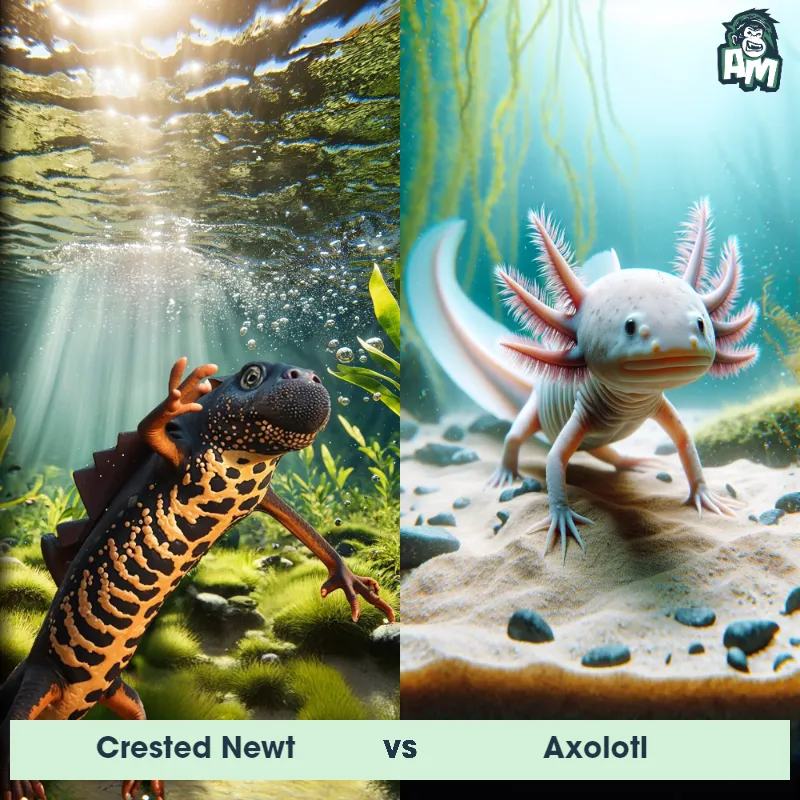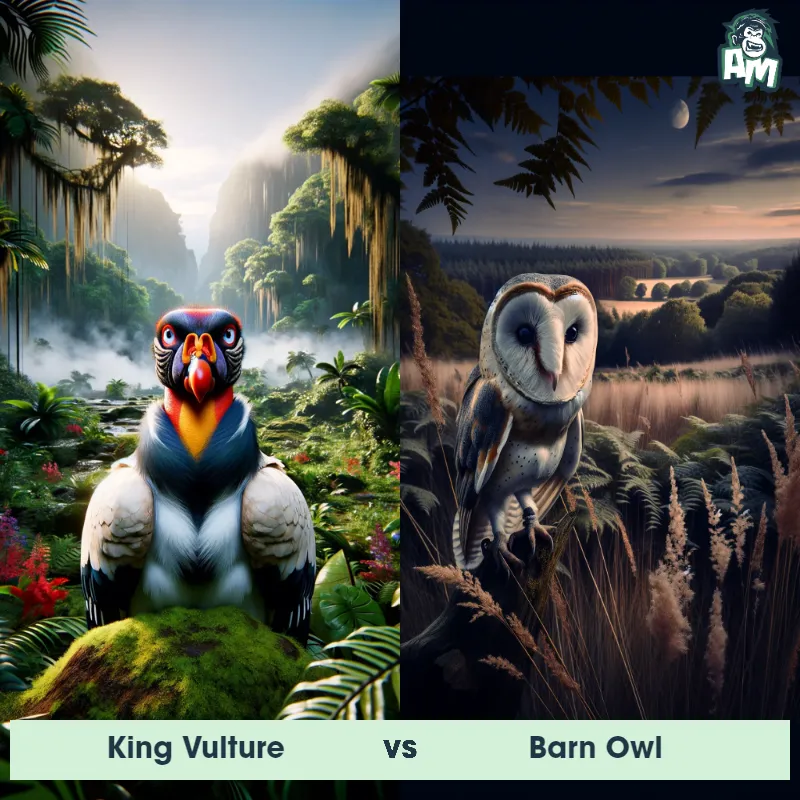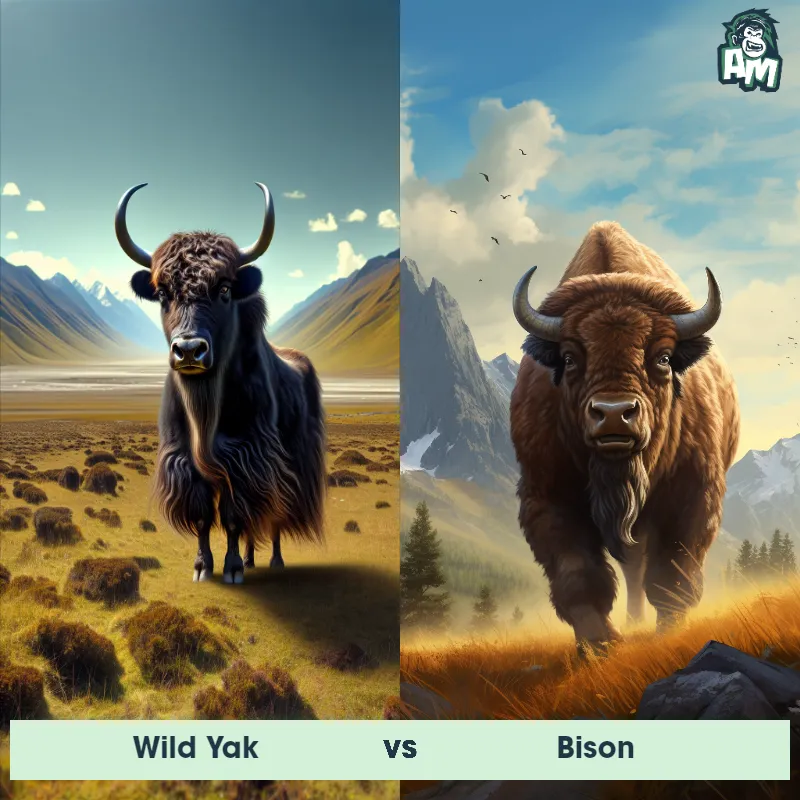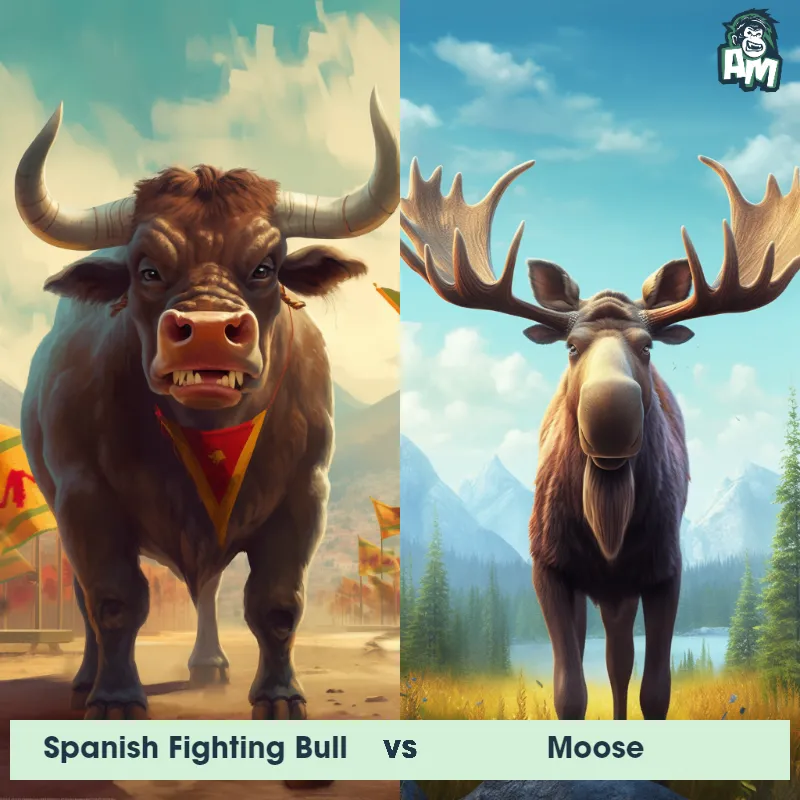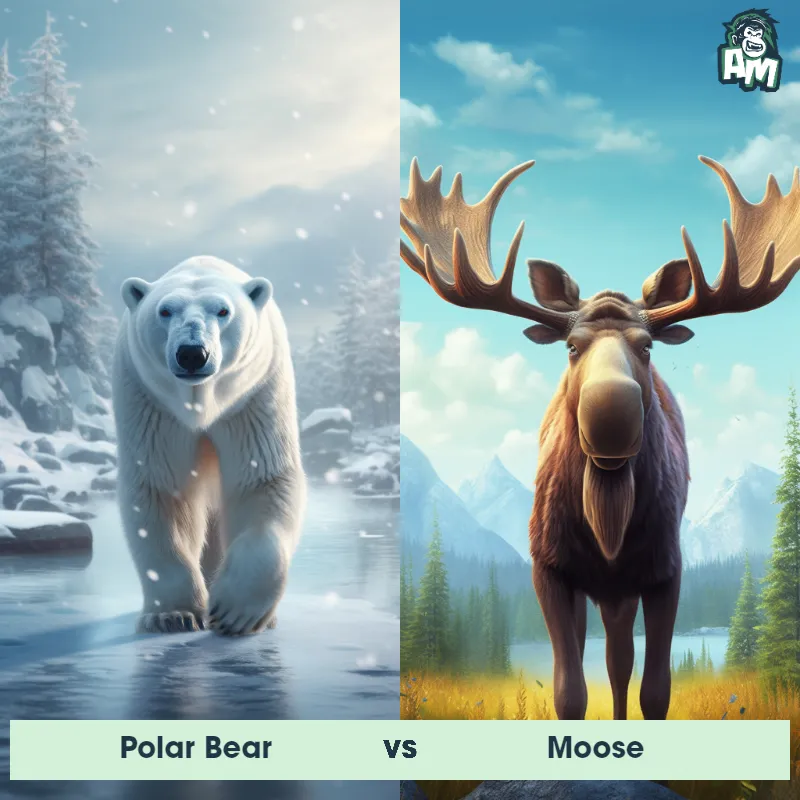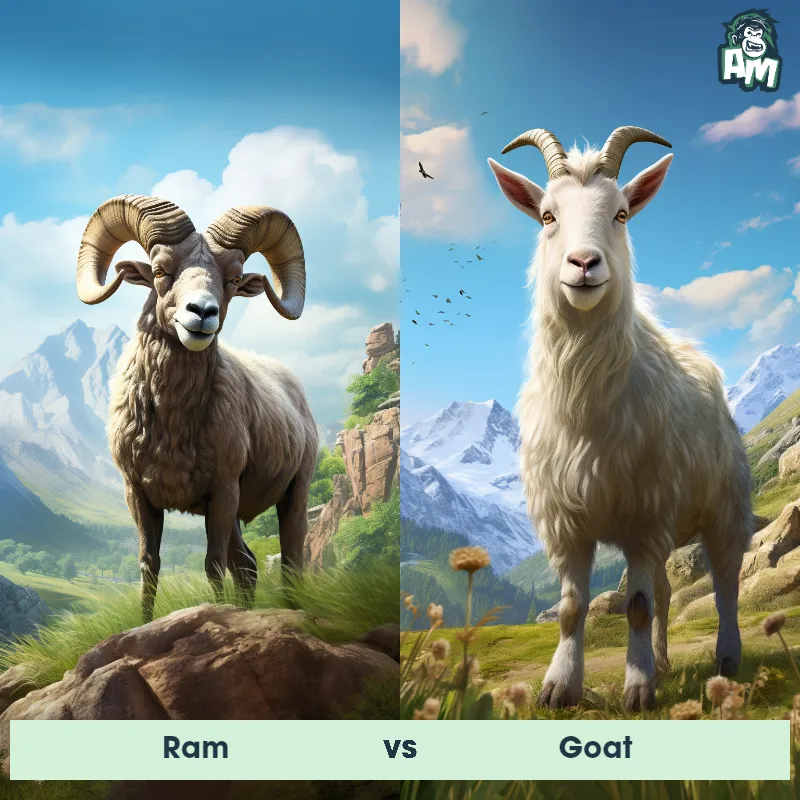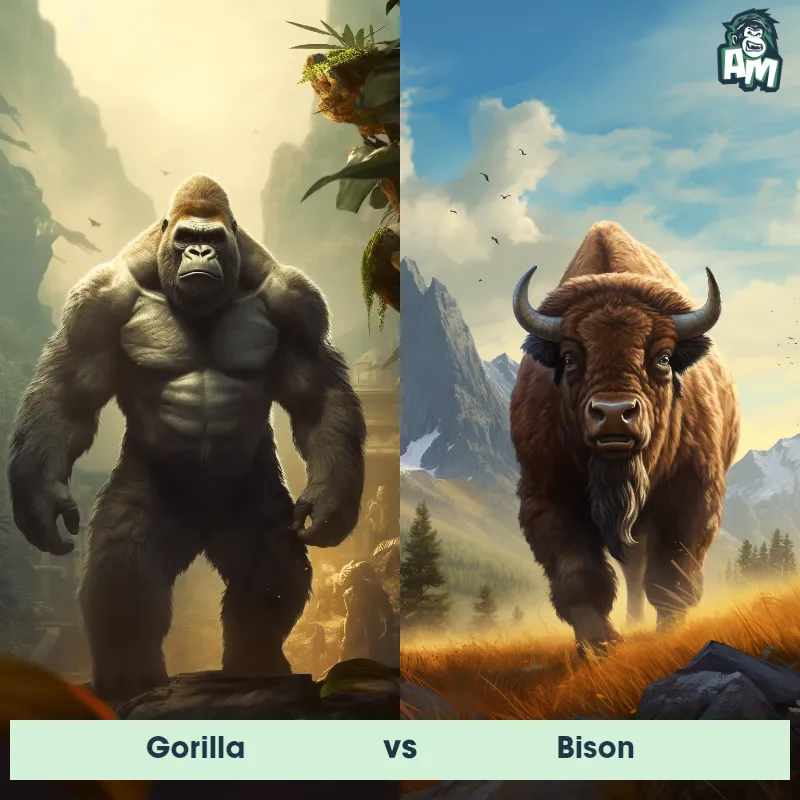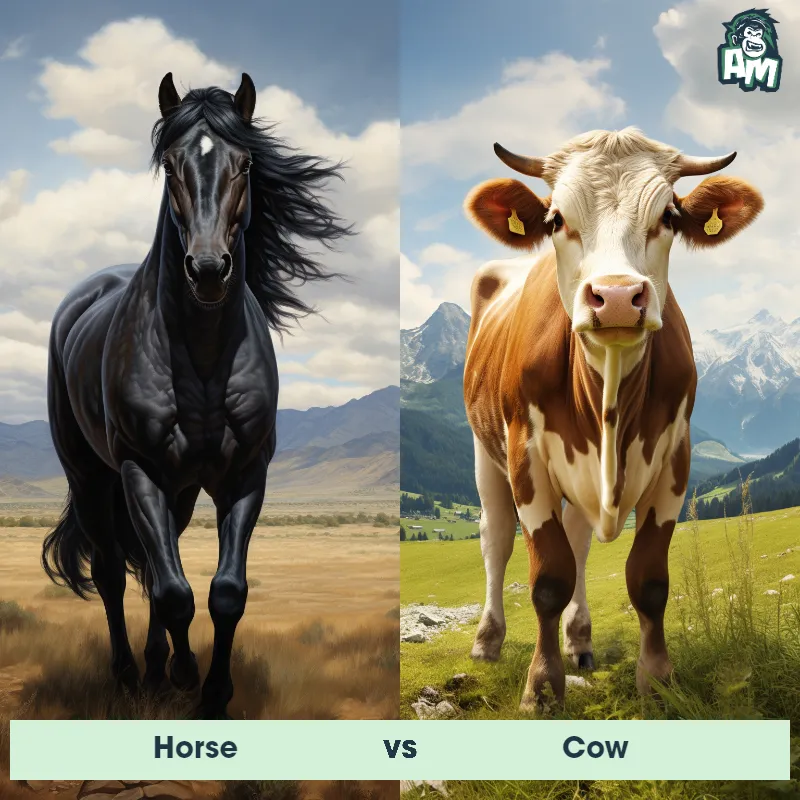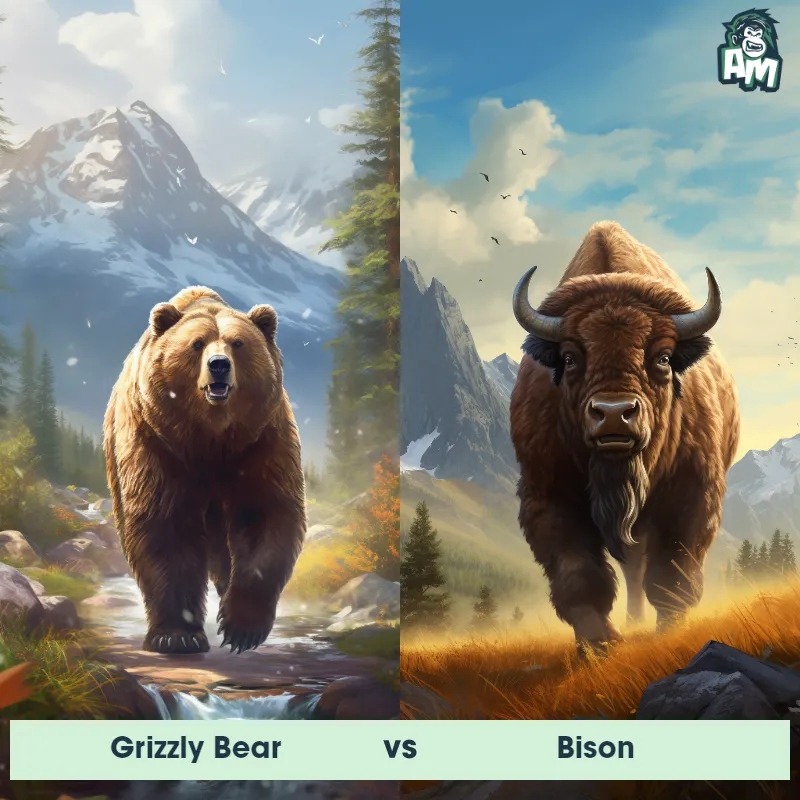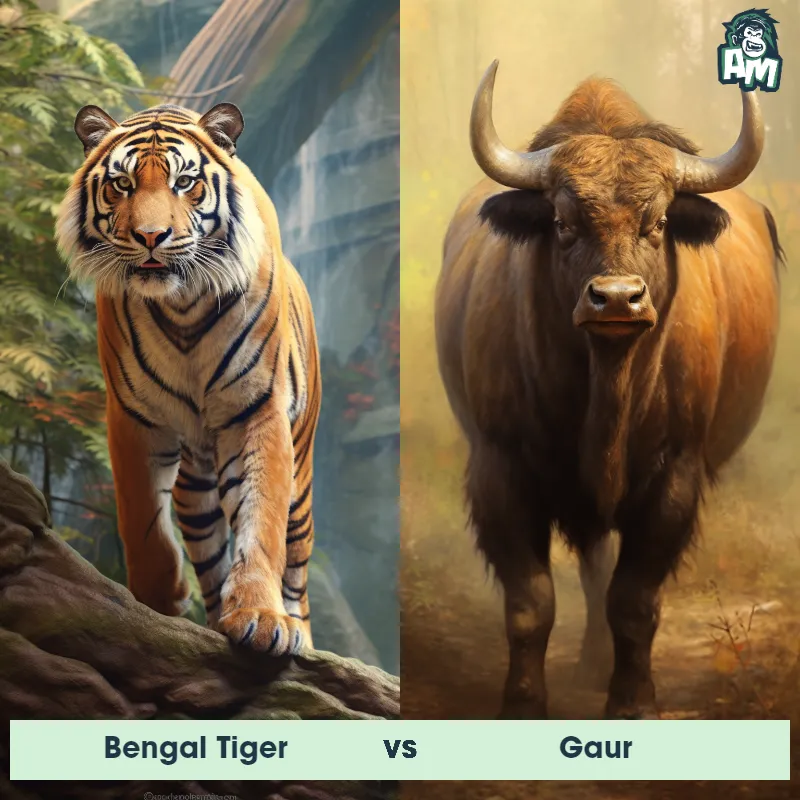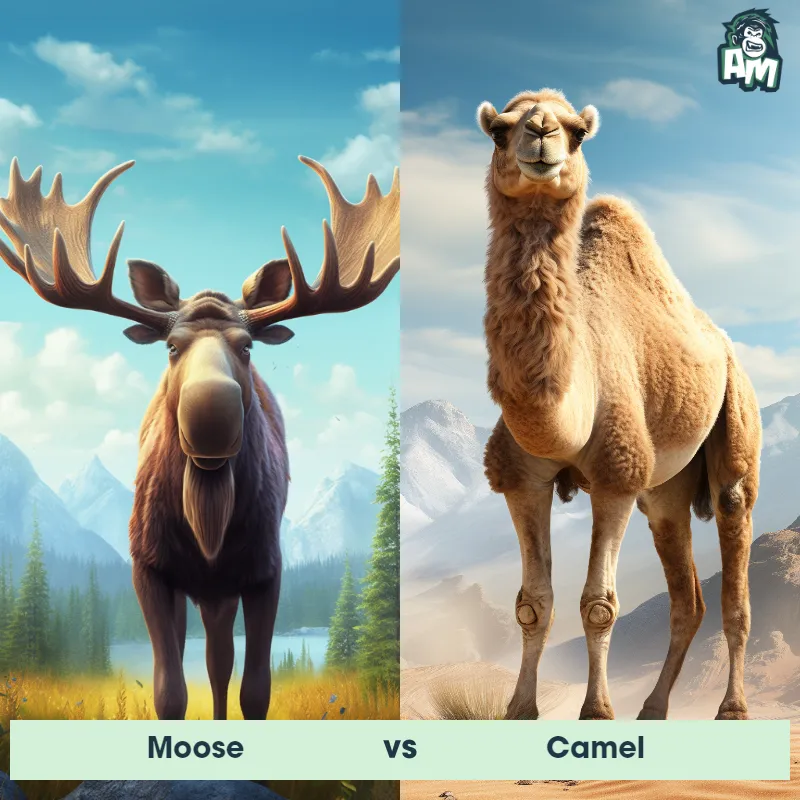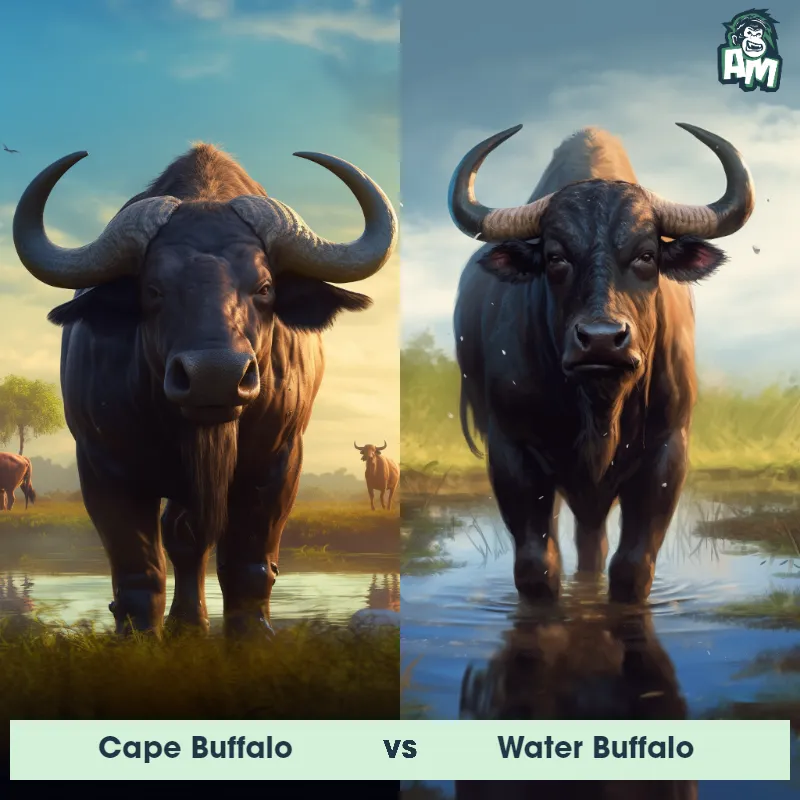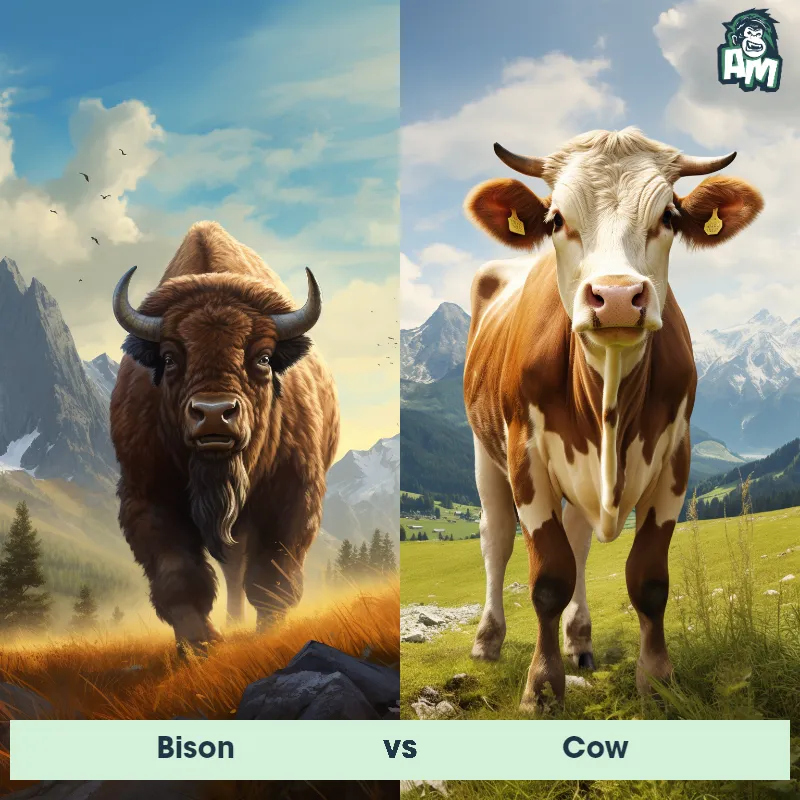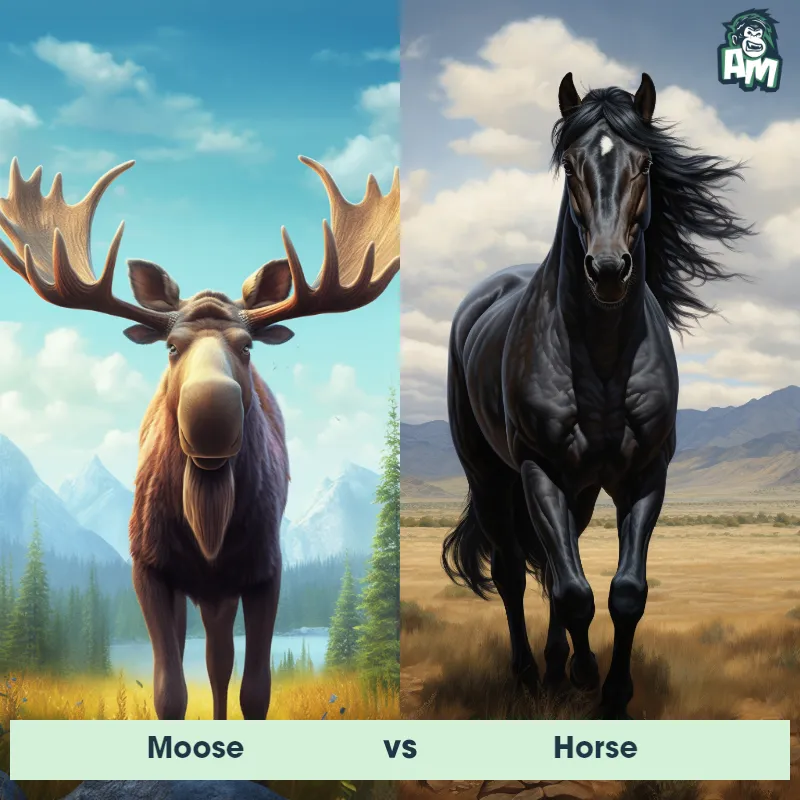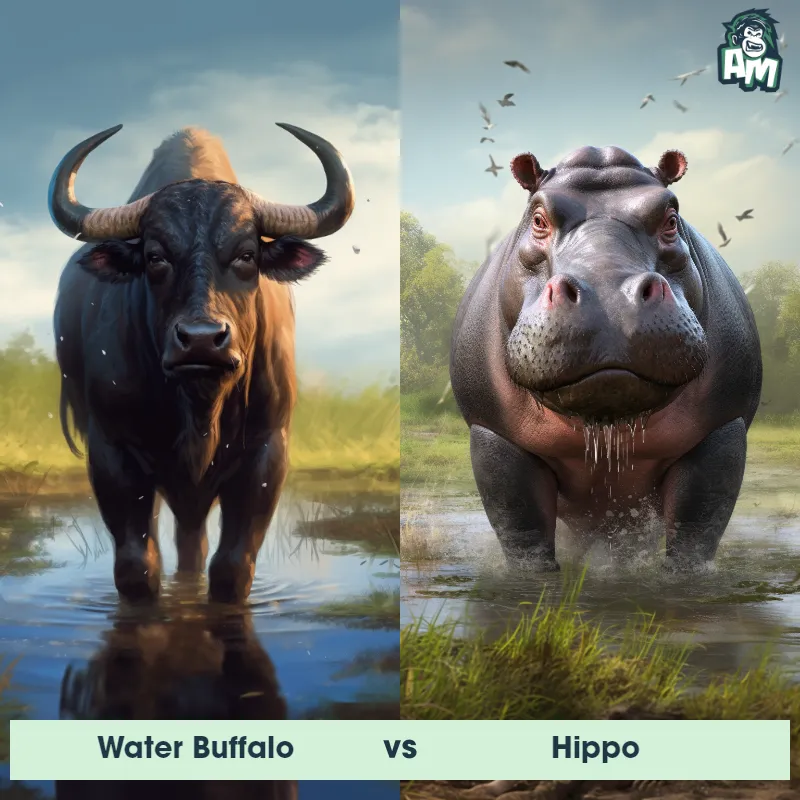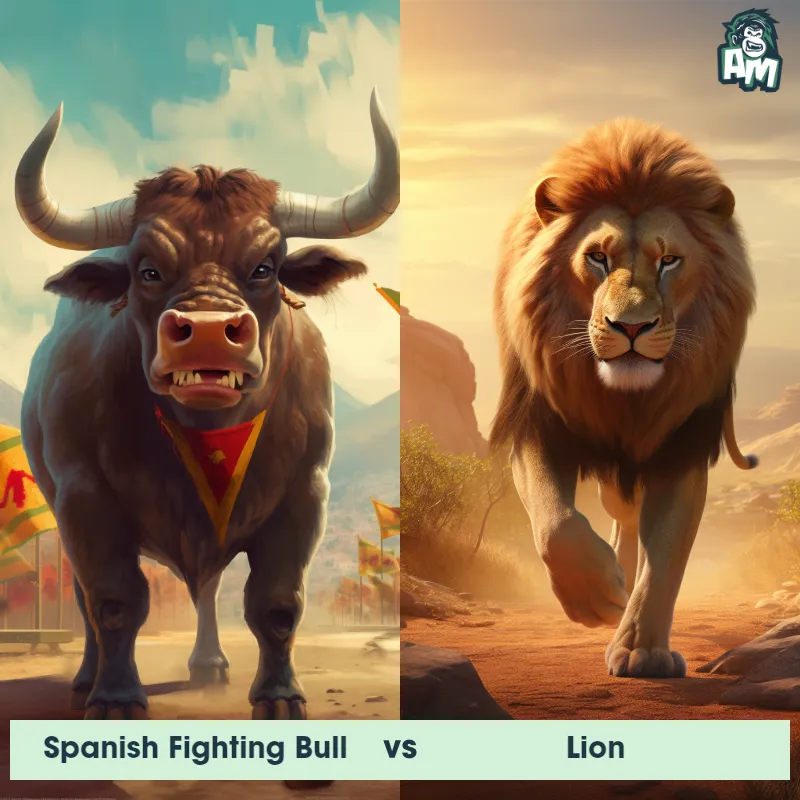Moose vs BisonSee Who Wins

Ladies and gentlemen, welcome to this epic showdown between the mighty Moose and the powerful Bison! We're in for a wild ride tonight as these two heavyweight contenders go head-to-head in a match that's bound to be one for the books. Both animals have immense strength and determination, so let's jump right into the action and see who comes out on top!
Contender 1: Moose
The Moose, also known as the Alces alces, is the largest member of the deer family. They are known for their massive size, with males weighing up to 1500 pounds and standing over 6 feet tall at the shoulder. Moose have long, slender legs and a humped back, with a distinctive flap of skin called a bell hanging from their throat. They are typically brown in color, with a darker mane and legs, and their antlers can span up to 6 feet across.
Fun Fact: Moose are excellent swimmers and can swim up to 6 miles per hour, using their powerful legs and large hooves to paddle through the water.
Contender 2: Bison
The bison, also known as the American buffalo, is a massive, hump-shouldered beast known for its iconic place in the history and folklore of the American West. They are covered in a shaggy, dark brown winter coat, and have a lighter-weight, lighter brown summer coat. With their massive size, adult males can weigh up to 2,000 pounds, and both males and females have short, curved horns, which they use in fighting for status within the herd and for defense.
Fun Fact: Despite their massive size and seemingly lumbering movements, bison are remarkably agile and quick, capable of running up to 35 miles per hour and jumping high fences.
Matchup Stats
| Moose | Bison | |
|---|---|---|
| Size | Up to 6 feet (1.8 meters) at the shoulder | 5-6.5 feet tall at the shoulder (1.5-2 meters) |
| Weight | Up to 1500 pounds (680 kilograms) | Up to 2,000 pounds (907 kilograms) |
| Speed | Speed: 35 mph (56.3 km/hr) | 37mph (60km/h) |
| Key Strength | Powerful antlers used for fighting and display | Powerful size, speed, and horns |
| Biggest Weakness | Poor eyesight and slow movement | Limited agility due to size |
Current Votes
Moose vs Bison
See Who Wins
View More Matches
Looking For More?
Similar Matches
Scientific Stats
| Moose | Bison | |
|---|---|---|
| Scientific Name | Alces alces | Bison bison |
| Family | Cervidae | Bovidae |
| Habitat | Forests, wetlands, and tundra | Grasslands, prairies, and forests |
| Geography | North America, Europe, and Asia | North America |
| Diet | Herbivorous, primarily consuming leaves, bark, and twigs | Herbivore, primarily grasses and sedges |
| Lifespan | 15 years - 20 years | 12 years - 20 years |
Key Differences between Moose and Bison
- Size: The Moose is typically larger than the Bison, with adult males standing up to 6.5 feet tall at the shoulder and weighing around 1,500 pounds, whereas Bison reach heights of around 5 to 6 feet and weigh between 1,000 to 2,000 pounds.
- Coat color and texture: Moose have long, coarse guard hairs often in shades of brown, black, or gray, with a lighter-colored, almost white, mane along their back, while Bison have a shaggy coat of thick, dark brown fur.
- Hump: Bison have a distinct hump behind their massive heads, which is lacking in Moose.
- Horns: Moose have broad and flattened antlers that can span up to 6 feet across, which are shed each winter, while Bison have shorter and more cylindrical horns that are never shed.
- Facial features: The Moose has a prominent, elongated, and bulbous snout with a flexible upper lip, while the Bison has a relatively shorter, triangular-shaped muzzle.
- Tail: Moose possess a short and stubby tail that measures about 2 to 3 inches long, whereas Bison have long and tufted tails that can extend up to 2 feet in length.



